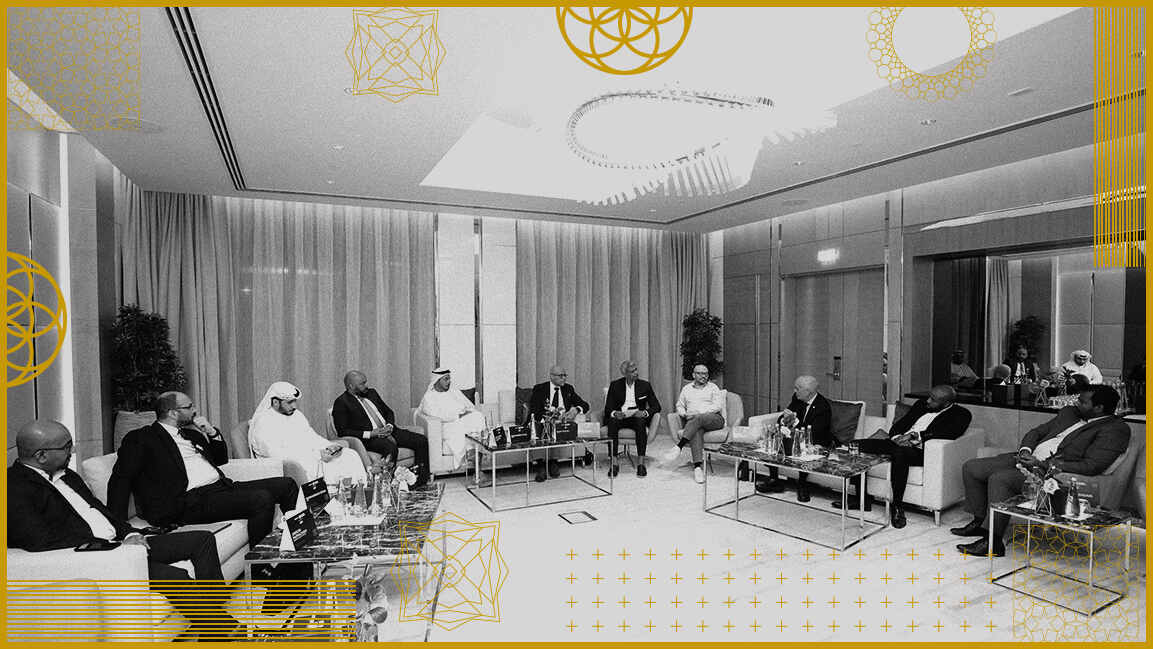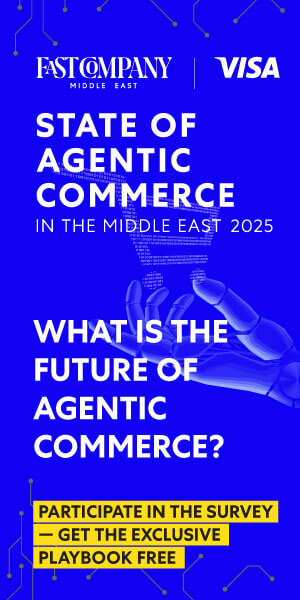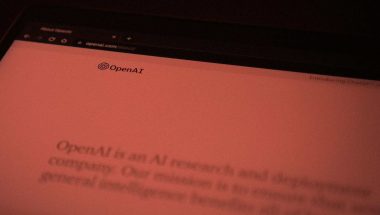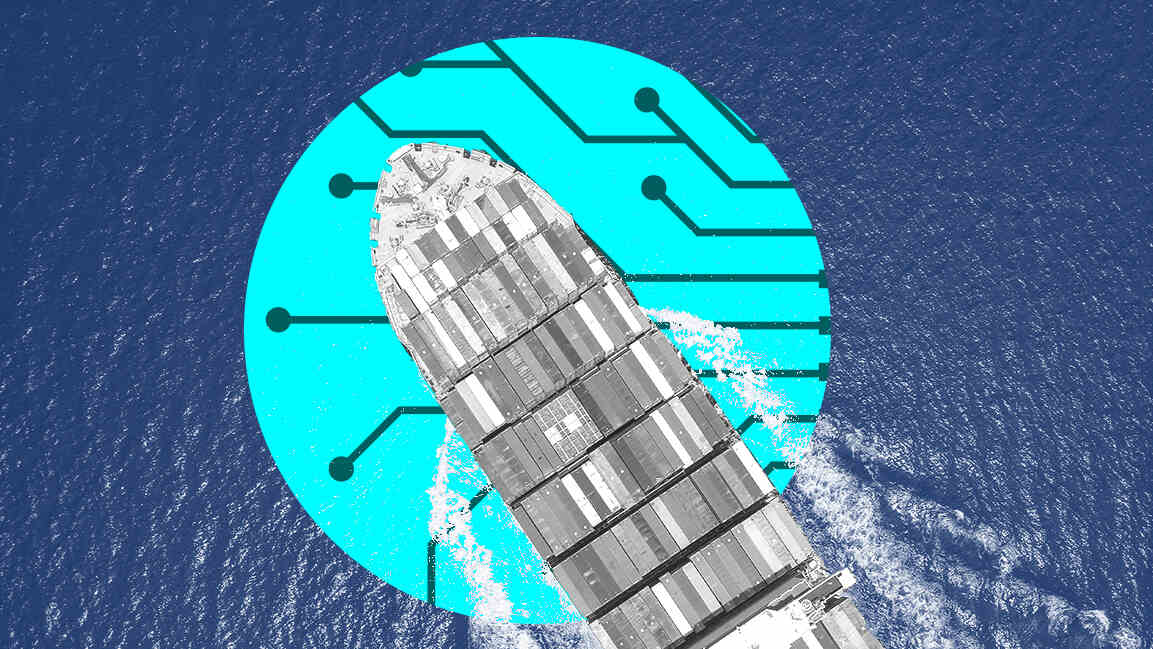- | CPX
Rethinking cybersecurity: Turning risk into business and competitive advantage
At the Fast Company Middle East Impact Council, powered by CPX, industry leaders called for a move from reactive protection toward proactive, purpose-driven resilience

Cybersecurity no longer belongs only to IT. It is a business, national security, and societal priority. As the digital threat landscape evolves rapidly, organizations recognize that cybersecurity cannot be an afterthought. It must be integrated into every decision, embedded in strategy, and actively supported by leaders at all levels.
At Fast Company Middle East’s Future of Cybersecurity Impact Council subcommittee, powered by CPX, security leaders from across sectors met to explore a central question: how can organizations transition from reacting to incidents to anticipating and preventing them against increasingly sophisticated threats, such as AI-powered attacks, ransomware, and supply chain disruptions?
Moderated by Ravi Raman, Publisher of Fast Company Middle East, the session explored how technology, trust, and talent can work together to enhance digital resilience.
CYBERSECURITY AS A BUSINESS FUNCTION
A key theme that emerged was the need to elevate cybersecurity from a technical issue to a strategic business priority.
For Jinson Pappachan, Head of Information Security & Enterprise ICT at Emirates Policy Center, the disconnect often starts in the boardroom. He highlighted the importance of bridging the gap between IT leaders and directors. “Security is a business solution. It’s a business impact,” he said, stressing that communicating in the board’s language is essential to driving security adoption across organizations.
Muhammad Eissa, Head of Information Security Compliance & Assurance at ADIB, echoed this view, advocating a mindset that treats security as an enabler rather than a barrier. “Security is about enabling,” he said. “It’s not a showstopper. Security is about risks. Business is about risks. We are here to understand how to help the business mitigate or avoid these risks while continuing to grow and profit.”
PREPARING FOR THE NEXT WAVE OF INNOVATION
As the discussion shifted to emerging technologies, the group recognized that innovation, particularly in the field of AI, is opening new opportunities while introducing fresh vulnerabilities.
Hussain Al Khalsan, CISO at ZAND, emphasized the urgency of being prepared in a rapidly changing landscape. “With innovations in AI and deepfakes, the question is: are we prepared enough? How are we doing in terms of preparing ourselves well?” he asked, highlighting the need for proactive readiness.
Even with strong defenses in place, uncertainty cannot be fully eliminated. Mohammed Alabbadi, CISO at Fertiglobe, reminded attendees that complete prevention is impossible. “You can’t really plan for everything,” he said. “Prioritize and focus on response and recovery.”
TRUST, TALENT, AND TEAMWORK
When it comes to building resilience, Rajiv Sagar, Vice President Commercial, Clients, Growth and Partnerships at CPX, says people are just as critical as technology. “I came here to talk about technology, trust and teamwork,” he said. “But I realized there’s a fourth element: talent. Trust, technology and teamwork are all driven by talent.”
The human factor, including the skills, mindset, and adaptability of cyber professionals, has emerged as the ultimate differentiator in staying ahead of threats. Andrea Multari, Vice President – Cyber Defense at CPX, described the challenge of balancing priorities: “The key takeaway is how to strike the balance between the speed of innovation that we want to support with security, our risk appetite, and the need to tackle the speed of the attackers.”
BUILDING A CULTURE OF RESILIENCE
The discussion concluded with a focus on resilience: the ability to anticipate, absorb, and recover from inevitable cyber incidents.
Jeevan Badigari, Head of Cybersecurity at Arada, compared it to racing. “As security and risk management professionals, our job is never done. We always have to anticipate the attacks that are coming,” he said. “Like in Formula One, while the goal is to win, you also expect accidents to happen. Similarly, breaches will happen. It’s all about resilience and how quickly we return to operations.”
The subcommittee’s dialogue made one point clear: cybersecurity is no longer a back-office technical task. It is a boardroom issue, a business enabler, and a cornerstone of trust in the digital economy.
From quantum-resistant encryption to zero-trust frameworks and AI-driven defense, technology will continue to play a crucial role. Yet every participant emphasized that the real differentiator lies in human capability, collaboration, and culture. In an era of escalating digital threats, the organizations that thrive will be those that view cybersecurity not as a cost but as a catalyst for confidence, innovation, and long-term growth.








































